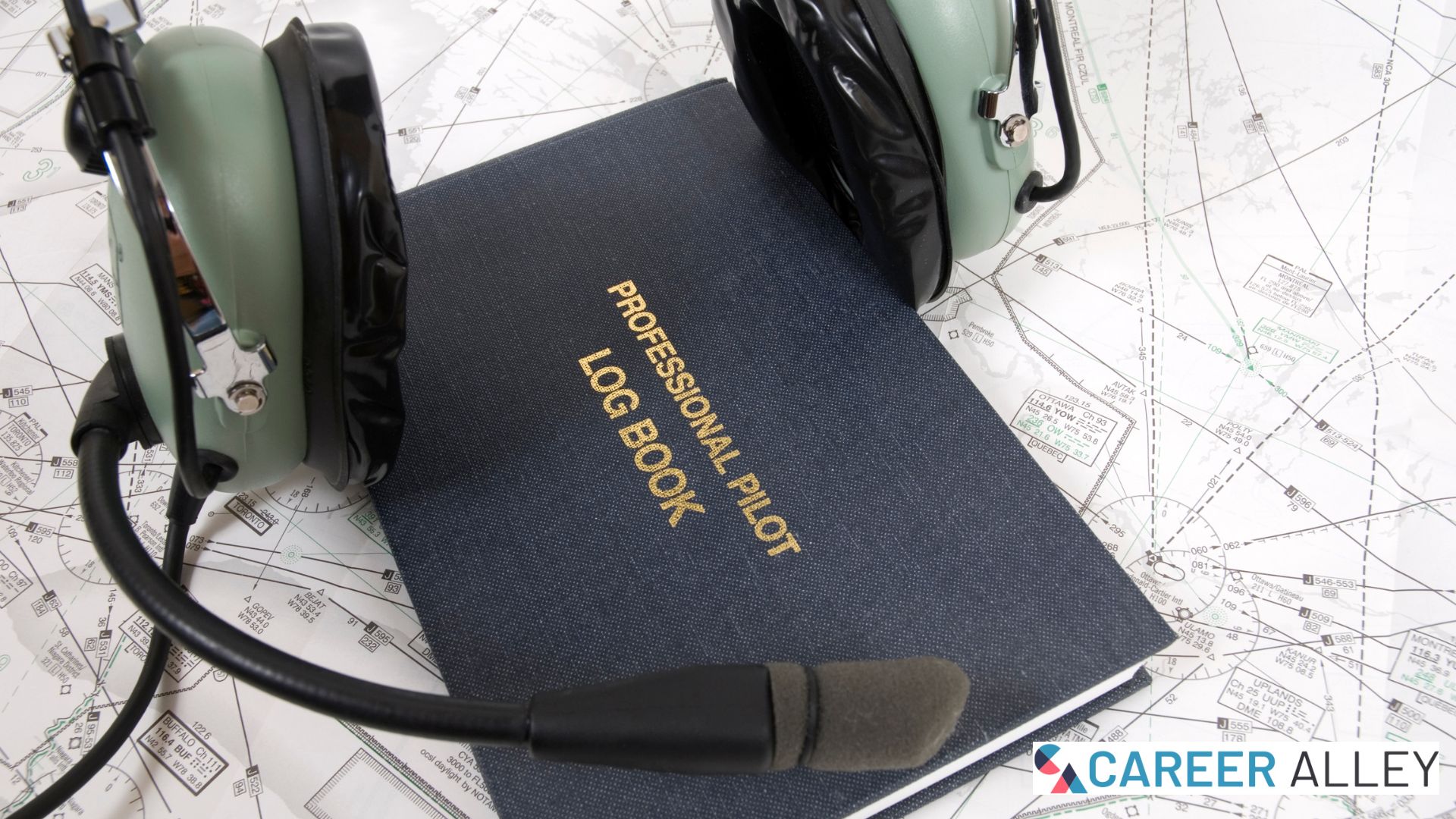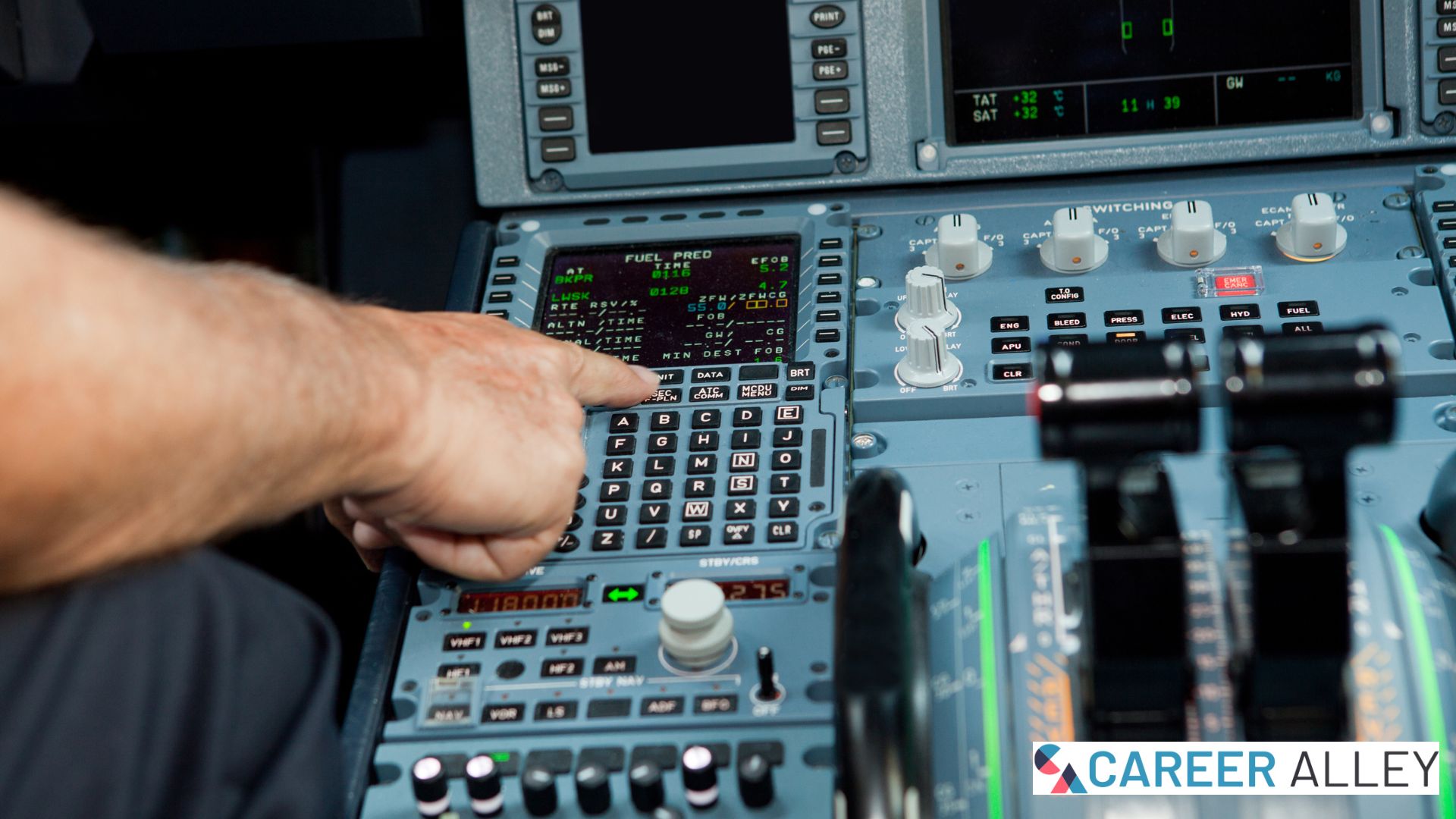We may receive compensation when you click on product links from our partners. For more information, please see our disclosure policy.
Commercial flying is one of the most exciting careers in aviation. The Bureau of Labor Statistics projects that between 2020 and 2030, the overall employment of commercial and airline pilots will increase by 13%. It is quicker than the national average for all jobs in the US. Also, each year, it is anticipated that 14,500 positions for these pilots will become available.
As a commercial pilot, you have the chance to travel around the world and see all kinds of places. The best part is that you get paid while doing it. Becoming a commercial pilot is not an easy task. However, it takes years of
Get Your Bachelor’s Degree
To become a commercial pilot in the US, you need to have a bachelor’s degree. It can be in any major and doesn’t need to be from a specific
If you want to fly planes commercially, earning your degree will be easy but getting into flight school isn’t so simple. It can only allow those students who meet specific requirements and pass certain tests. Then they’re eligible to train as pilots after hard work and dedication.
Join a Pilot School
If you’re looking to make a career as a commercial plane pilot in the US, you might consider going through pilot school. Pilot schools are great ways for students to learn about aviation and start in the field. In general, pilot schools teach students how to fly and how to teach others how to fly. You will need both
There are many different types of pilot schools; however, the traditional campus-based programs are one of the best. Depending on the type of
Get a Private Pilot License (PPL)
The next step is to get your Private Pilot License (PPL). A PPL is the first license you will need to be able to fly small aircraft, like Cessnas or Pipers. While there are different ways you can study and get your PPL, we recommend going through a flight school. This way, you don’t have to worry about finding an instructor and paying for them on your own.
The FAA requires that you pass two exams and complete a minimum of 50 hours of flight time before you can take the written exam for your PPL. After passing both exams with at least 70% accuracy, it will be time for your practical exam. These consist of different phases like pre-flight inspection, takeoff, climb-out, course interception, and landing approach.
Get Your Instrument Rating
To become a commercial plane pilot, you’ll need an instrument rating. The instrument rating is an additional certification for pilots who fly in bad weather or at night. It allows the pilot to fly in low-visibility conditions and be more confident when navigating through challenging flying environments.
To get your instrument rating, you’ll need to take an FAA-approved course from a flight school or aviation
Complete 1500 Hours Flight Time
To be a commercial airplane pilot in the US, you need to accumulate at least 1,500 hours of flight time. The best way to do this is by completing a professional pilot
Many jobs outside of aviation may require some amount of flight time before
The US is the best place to fly, with which many agree. With over 220,000 operating aircraft, the United States has both the most extensive and diversified general aviation community, states the Federal Aviation Administration (FAA).
Multi-Engine Rating
Next, you must get a multi-engine rating. Having a multi-engine rating means you can fly with more than one engine. Multi-engine planes, also known as twin-engine planes, give pilots more power to control the aircraft in an emergency.
Once you have passed the written exam, you will be eligible to take the multi-engine rating test. For this test, you need to fly with an instructor for at least 50 hours of flight time in a multi-engine aircraft approved by the FAA. You must also pass a check ride before your instructor permits you to take the practical test. When taking this test, ensure you have completed all pre-flight procedures and safety checks before entering your plane’s cockpit.
Commercial Pilot License (CPL)
After you’ve earned your Private Pilot certificate, you can apply to take a test to achieve your Commercial Pilot License. You must have at least 1500 flight times and a multi-engine rating. It means you must be able to fly planes with more than one engine, usually twin-engine planes.
You’ll need to pass two tests: an FAA written knowledge test and an FAA practical test. The written knowledge exam will cover everything from weather conditions, navigation, aircraft systems, and regulations related to flying commercially. The practical examination will require demonstrating your ability as a pilot through actual flight scenarios. These include standard approaches to airports in bad weather conditions or landing on an aircraft carrier at sea.
Becoming a Commercial Pilot Is a Lengthy Process but Rewarding
Becoming a commercial pilot takes time, but it is rewarding and exciting if you are willing to do the work. The first thing you need to do is to complete your Bachelor’s degree and then followed by attending a pilot school. They will help you prepare before you start your journey seeking certificates and licenses. Once you are ready for the next step, you can go for a private pilot license and get an instrument and a multi-engine rating which is always a plus. After getting these licenses and ratings, aim your way through Commercial Pilot License. Finally, your hard work would pay to make you become a commercial pilot. It will provide you with many opportunities, allowing you to fly for companies that hire several pilots yearly.






